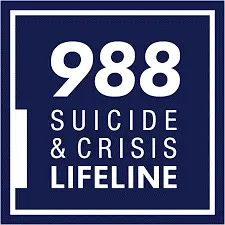Bystander intervention
Bystander intervention in the context of wellness emphasizes the role individuals play in promoting a healthy and supportive community by recognizing and addressing behaviors or situations that might harm someone’s physical, emotional or social wellbeing. It aligns with the principles of fostering a culture of care, where individuals actively contribute to the collective wellness of their community.
Bystander Intervention & Wellness
Here’s how bystander intervention relates to wellness:
Recognizing Harmful Situations
Bystander intervention begins with awareness and recognizing behaviors, situations or patterns that could harm someone’s health or wellbeing. Examples include:
- Noticing signs of mental health struggles, such as isolation, drastic mood changes or expression of hopelessness.
- Observing risky behaviors, like excessive alcohol use or skipping meals.
- Identifying unhealthy interpersonal dynamics, such as verbal abuse, bullying or relationship conflicts.
Responding with Care and Empathy
Responding effectively involves providing support without judgment. Key strategies include:
- Expressing concern. Use “I” statements to share observations and offer support, such as “I’ve noticed you seem stressed lately. Is there anything you’d like to talk about?”
- Providing a safe space. Allow the person to share their feelings or experiences without fear of criticism or dismissal.
- Offering immediate assistance. In urgent situations, such as someone exhibiting signs of self-harm or alcohol poisoning, taking direct action like contacting emergency services is crucial.
Referring to Resources
No one is expected to have all the answers, which is why connecting individuals to professional resources is a vital part of bystander intervention. Wellness-focused referrals might include:
- Directing a peer to counseling services or a wellness coach for mental health support.
- Recommending a dietitian or nutritionist for eating-related concerns.
- Guiding someone to programs like Alcohol Screening Day or substance use resources for harm reduction strategies


A sexual communication and consent poster in the Student Wellness Center.
